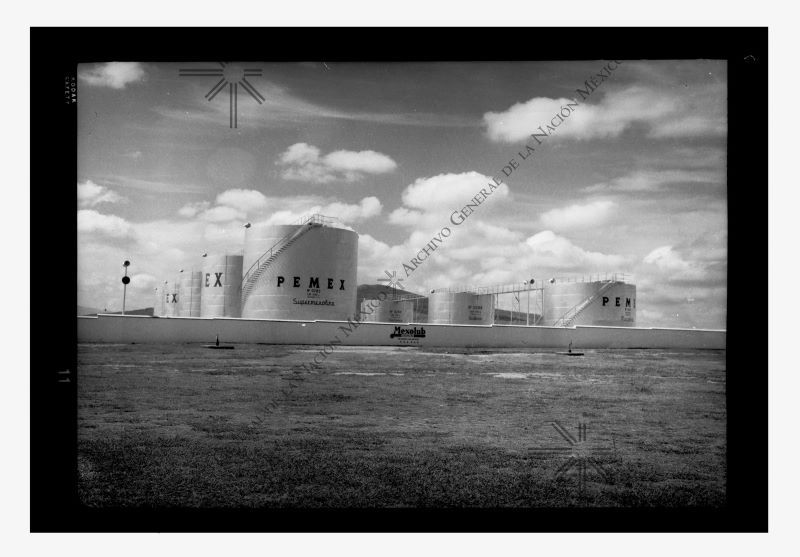The oil law in Mexico, which led to expropriation proceedings
In the 20th century, Mexico's oil sector became more important, but gaining national authority over such a lucrative resource required decades. Learn about the initial oil industry regulations and the challenges of complying with them.

The oil industry became more relevant for Mexico in the 20th century; however, the process for the recognition of national authority over such a valuable natural resource took decades. Find out about the first regulatory projects that tried to control the oil industry and how hard it was to follow them.




